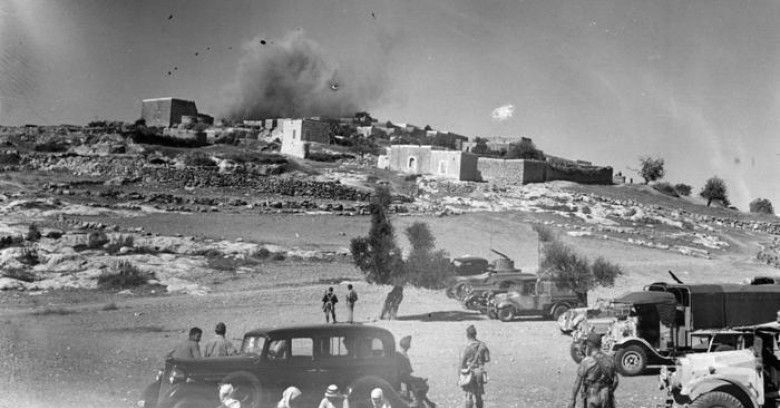RAMALLAH, September 6, 2018 (WAFA) – Marking International Literacy Day, which coincides on September 8 of every year, the Palestinian Central Bureau of Statistics (PCBS) said in a report published on Thursday on illiteracy rate in Palestine that it is one of the lowest in the world and stood at 3.3% in 2017 among persons 15 years of age and above compared to 24.8% in the Arab states and 13.8% in the world in 2016 for the same age group.
It said that the illiteracy rate in 2017 was 3.3% (7,898 illiterate) in the West Bank, East Jerusalem and Gaza Strip refugee camps run by the United Nations Relief and Works Agency for Palestine Refugees (UNRWA), which is currently facing a severe financial crisis after the United States has stopped all of its contributions to the humanitarian agency that may affect its educational program for tens of thousands of Palestinian refugee students, compared to 3.1% (67,324 illiterate) in urban areas and 4.8% (20,228 illiterate) in rural localities.
The United Nations for Educational, Scientific and Cultural Organization (UNESCO) defines the illiterate person as the one who is unable to read and write with understanding a simple statement related to one‘s daily life.
UNESCO Institute for Statistics said that the illiteracy rate among persons 15 years and above in Arab states was 24.8% (about 64.6 million illiterate) in 2016: for males, 17.4% (23.7 million illiterate) compared to 32.8% for females (40.9 million illiterate).
For the same year, the rate was 13.8% (about 750.1 million illiterate) in the world among the same age group: for males. 10.2% (277.2 million illiterate) compared to 17.3% for females (472.9 million illiterate).
However, illiteracy rates among Palestinian population aged 15 years and above in Palestine fell in the period 1997 to 2017 from 13.9% to 3.3%. For males, the rate fell from 7.8% in 1997 to 1.7% in 2017, while for females it fell from 20.3% to 5.0% over the same period, said the PCBS.
It said that 95,450 were illiterate in 2017 (1.7% for males, or 24,590 illiterate, compared to 5.0% for females, or 70,860 illiterate), and divided into 3.6% in the West Bank (62,736 illiterate) and 3.0% in Gaza Strip (32,714 illiterate).
The illiteracy rate among older persons aged 65 years and above was 34.6% (52,165 illiterate) in 2017. The rate was 4.5% in the 45-64 year age group (24,656 illiterate), 1.3% in the 30-44 year age group (10,068 illiterate) and 0.6% among young people aged between 15-29 years (8,561 illiterate) in the same year.
In 2017, the illiteracy rate among rural localities reached 4.8% (20,228 illiterate), while scored 3.3% in the refugee camps (7,898 illiterate) and 3.1% (67,324 illiterate) in urban areas. In 2017, the male illiteracy rate was highest in rural localities, followed by urban areas and refugee camps respectively. Female illiteracy rate was highest in rural localities, followed by refugee camps and urban areas respectively.
In 2017, the highest illiteracy rate among Palestinian population aged 15 years and above was in Jericho and the Jordan Valley governorate, scoring 5.5% (1,623 illiterate), followed by in Tubas and Northern Valley governorate, scoring 4.7% (1,808 illiterate). The lowest rate was in Jerusalem and Gaza governorates with 2.3% (5,752 illiterate in Jerusalem governorate and 8,778 illiterate in Gaza governorate).
M.K.










